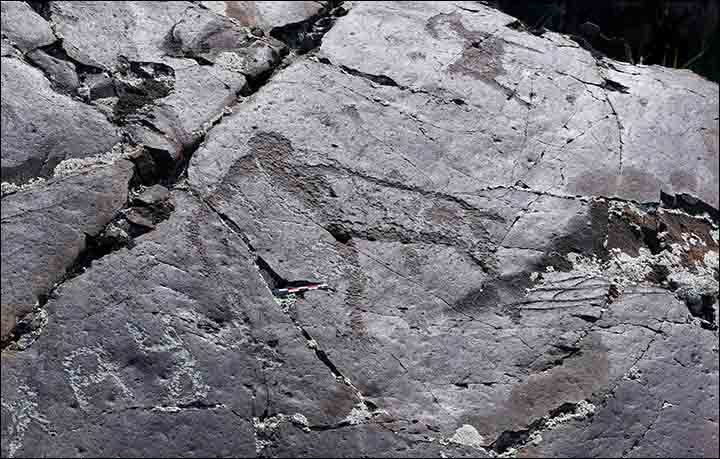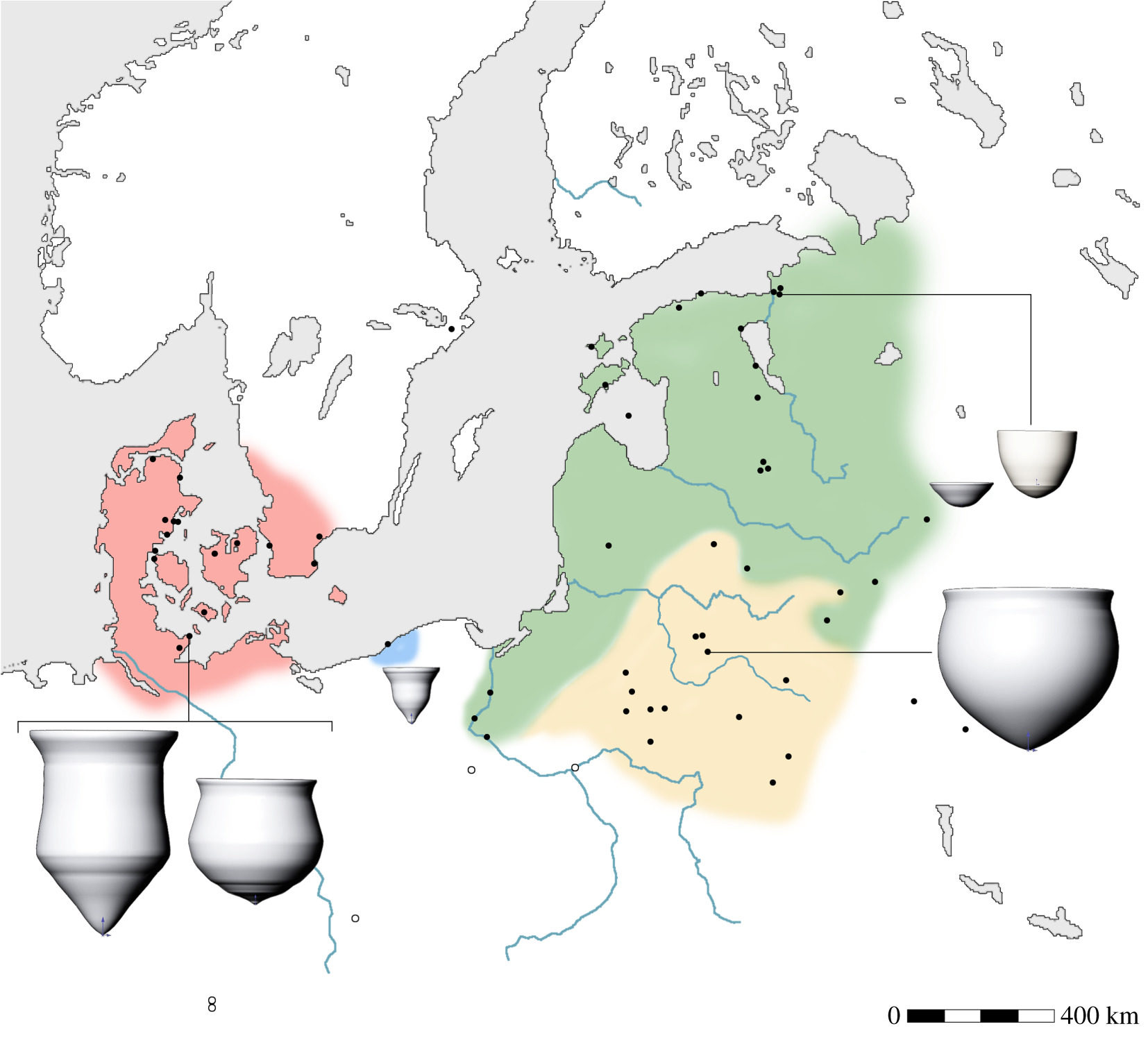
Humour and anecdote adorn our ancient sculptures as details of craftsman creativity
The high crosses of Ireland, especially those adorned with figure sculpture, are such familiar features of our historic landscape that it is easy to take them for granted. While the meaning of the scenes depicted on the crosses have prompted intense debate, the carvings themselves have rarely been considered as works of art.
Little thought has been given to the craftsmen who made them or to the people who commissioned them. This is especially so with a group of monuments carved by the hand of a single sculptor, whose work includes the great cross at Monasterboice, erected, as an inscription explains, on the instructions of abbot Muiredach in the years before 924 AD. As so often in the middle ages,
the sculptor's name remains unknown, but it seems appropriate to describe him as the "Muiredach master". His approach was remarkably naturalistic, the figures roundly modelled and the scenes full of attractive details -
swords, drinking horns and ornate brooches. The sculptor's style is instantly recognisable and can be identified in five or six other crosses, notably at Kells, Clonmacnoise and Durrow (Offaly). This is an impressive oeuvre. It is not often in medieval art that we can follow the work of an individual sculptor in this way.


Comment: See also: